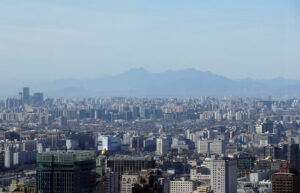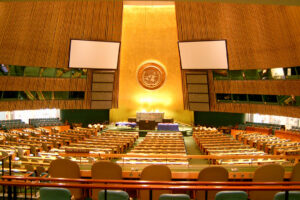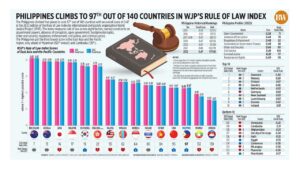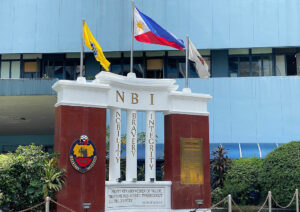Big banks post slower asset, loan growth in Q3
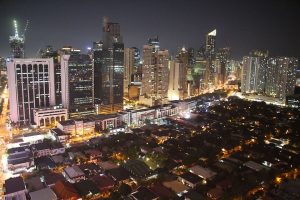
THE COUNTRY’S biggest banks reported slower annual growth in assets and loans in the third quarter of 2022.
The latest edition of BusinessWorld’s quarterly banking report showed the combined assets of 45 universal and commercial banks (U/KBs) grew 3.07% to P21.48 trillion in the July-September period, from P19.82 trillion in the same three months of 2021.
This was the slowest pace of asset growth in five quarters or since the 2.71% year-on-year expansion in the second quarter of 2021.
Meanwhile, aggregate loans in the third quarter expanded by 9.74% to P10.69 trillion, slowing from the 12.61% growth in the second quarter of 2022 but still faster than 3.24% in the same period in 2021. It was also the fifth consecutive quarter of loan expansion.
The median return on equity (RoE), which is an indicator of profitability, improved to 6.42% in the third quarter from 5.56% in the preceding quarter. This is also higher than the 3.36% in the end-September quarter last year.
RoE is the ratio of net profit to average capital. It measures how much shareholders make for every peso they had invested in a company.
Bad loans, also known as nonperforming loans (NPLs), slipped 1.77% to P350.44 billion in the third quarter, from P356.75 billion in the previous quarter. Compared with the same quarter in 2021, bad loans fell 12.41%.
This brought the NPL ratio — the portion of bad loans to the total loan portfolio — to 2.91% in the third quarter, lower than the 3.75% in the previous quarter and 4.49% in the third quarter in 2021.
Loans are considered to be nonperforming if they are left unpaid for more than 90 days beyond the due date.
The U/KBs’ nonperforming asset (NPA) ratio, or the NPLs and foreclosed properties in proportion to total assets, stood at 1.10%, slightly lower than the 1.17% in the previous quarter, and 1.43% in the third quarter of 2021.
Relative to total assets, foreclosed real and other properties stood at 0.28%, roughly the same from the preceding quarter. However, this was slightly higher compared with the 0.26% posted last year.
Total loan loss reserves reached P381.25 billion during the period, up 4.13% from P366.14 billion in the second quarter. It was also 7.9% higher than the P353.53 billion seen in the same period year ago.
Big banks’ median capital adequacy ratio — or the ability to absorb losses from risk-weighted assets — stood at 19.60%. This was lower than the 20.91% in the second quarter and the 20.80% in the July-to-September period a year ago.
This still remained above the regulatory minimum of 10% set by the Bangko Sentral ng Pilipinas as well as the international minimum standard of 8% set under the Basel III framework.
BDO Unibank, Inc. remained the biggest bank in terms of assets with P3.82 trillion, followed by Metropolitan Bank & Trust Co. (Metrobank) with P2.79 trillion and Land Bank of the Philippines (LANDBANK) with P2.78 trillion.
BDO had the most deposits with P3.04 trillion, followed by LANDBANK with P2.43 trillion, and Metrobank with P2.05 trillion.
In the third quarter, BDO issued P2.44 trillion in loans, followed by the Bank of the Philippine Islands (BPI) and Metrobank with P1.59 trillion and P1.30 trillion, respectively.
Among U/KBs with assets of at least P100 billion, UnionBank of the Philippines (UnionBank) posted the fastest year-on-year growth (37.26%), followed by Standard Chartered Bank (32.17%), and China Banking Corp. (25.68%).
The Hongkong and Shanghai Banking Corp. Ltd. (HSBC) saw the fastest growth in loans during the third quarter with 41.32%, followed by UnionBank and Bank of Commerce (BankCom) with 36.42% and 25.09%, respectively.
BusinessWorld Research has been tracking the financial performance of the country’s big banks on a quarterly basis since the late 1980s using banks’ published statements.
The full version of BusinessWorld’s quarterly banking report will soon be available for download at https://www.bworldonline.com/bw-subscriptions/. — Bernadette Therese M. Gadon
